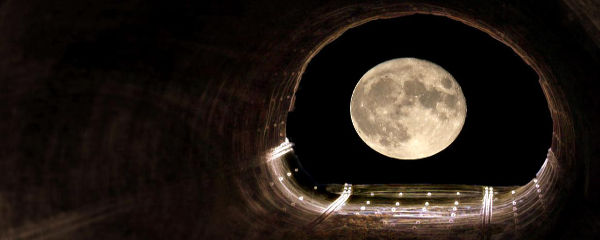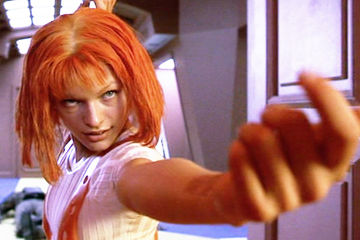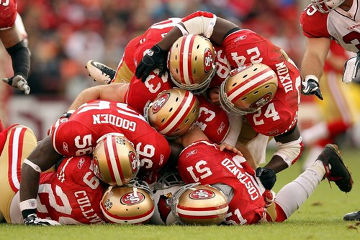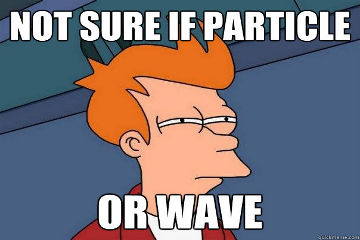What I’ve Learned:
“Double-slit experiments: where two holes make a ‘whaaaat?'”
Have you ever dated someone who wouldn’t make a damned decision? Where should we eat? “I dunno.” Which movie are we watching? “Whichever.” Should we get married and have kids and live happily ever after? “Meh. We’ll decide later.”
Well, that’s what the universe is like. And the double-slit experiment is one of the clearest proofs.
Think about light. Light is kind of an important part of the universe; it’s the whipped cream on the cosmic sundae. Without light, there’d be no suntans or iPads, and we’d all be stubbing our toes in the dark every time we turned around.
So light is kind of a big deal, and physicists have studied it for hundreds of years. Back in the 1600’s, Isaac Newton — he of the fabulous hair and apple-induced concussions — thought that light was made up of tiny little particles, which eventually became known as photons.
And for a hundred-plus years, the universe said, “Yeah, sure, whatever.”
Every time scientists studied light, it behaved like a beam of little particles. Up until the early 1800s, that is, when physicist Thomas Young shone light through a pair of slits in a barrier, and watched the universe get wishy-washy.
Here’s the issue: if light is made up of particles — like a stream of paintballs, say — and you fire a bunch of those at a wall with two holes in it, then you’ll end up with just two spots of paint on the other side, right behind the holes.
Also, you’ll have a very messy wall. Mom is going to be pissed.
But what if light was made up of waves? Imagine water flowing through a dam with two holes. The water would only make it through the gaps — but then it would spread out, with the ripples from each side flopping into each other, creating a network of peaks and troughs called an interference pattern. That’s the pattern Young saw in his double-slit experiment, and he proclaimed that light is composed of waves.
To which the universe replied, “Eh, maybe.”
This is where things get really goofy. First of all, it’s not just light that behaves in this waffly way; double-slit experiments work with electrons, atoms and some molecules — or basically all the stuff our toes and iPads and suntans are made of.
But worse — what happens when you push, for instance, a single electron at a wall with two slits? Why, you get a single spot on the other side, just like the damned thing was a microscopic stupid paintball.
The universe doesn’t know which tie looks better. You decide.
And if you shoot a bunch of electrons at those slits, one by one — do you get two patches of light on the other side, since those individual electrons clearly act like particles? Nope. Eventually you get the very same interference pattern you would if you opened the floodgates up front.
Now the universe is just shrugging at you. And laughing behind your back.
In many ways, double-slit experiments — both physical and thought-experiment variations like those proposed by Richard Feynman — have helped to shape modern ideas about quantum mechanics, and the probabilistic nature of reality those theories suggest.
All of which is to say, if you’re ever stuck on a really important life decision like where to live or which job to take or whether that toe you stubbed in the dark might be broken — don’t ask the universe.
It hasn’t made a damned decision in three hundred years.






